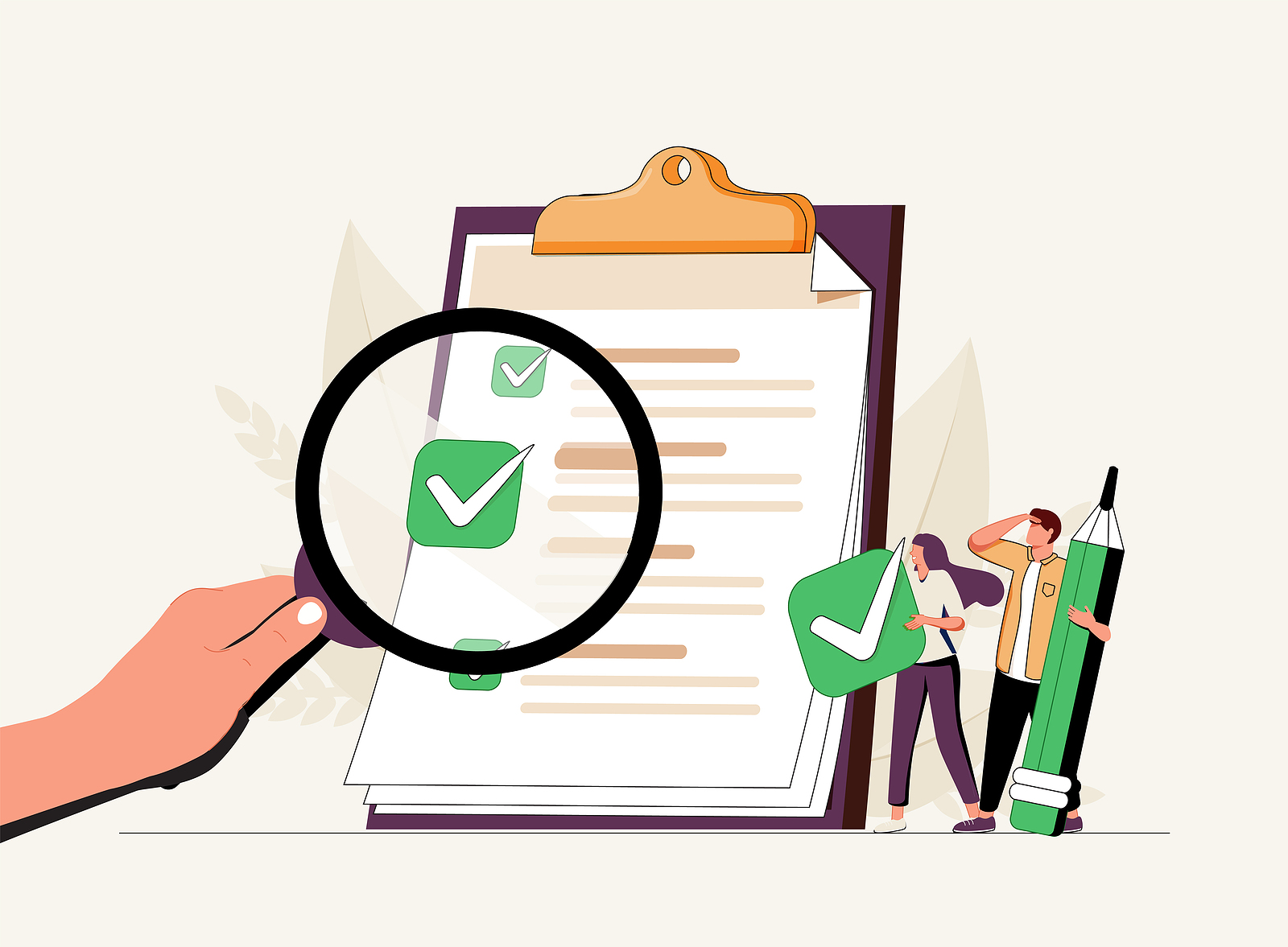
In healthcare, providers often have to work alongside partners for vital resources, services, and personnel. In such instances, they need to be careful about who they work with. When making emergency decisions, medical providers need to be able to trust those they partner with.
To get a clear picture of potential partners and their backgrounds, EMS agencies need to determine who they can trust. Many agencies look at healthcare exclusions before making their decision.
What is an Exclusion in Healthcare?
The United States Department of Health and Human Services maintains a database of individuals and entities that are no longer able to receive federal funding. This restriction applies to any and all services that the provider offers.
Healthcare organizations that have exclusions can have severe issues operating effectively and delivering care to patients. This reality makes it especially important for legitimate businesses to be weary of working alongside excluded parties.
The existence of exclusion means that the offending party made a grievous error of some sort and will be a liability to those who want to operate effectively.
Why Does a Healthcare Exclusion Occur?
Healthcare exclusions are a vital asset for EMS agencies that want to ensure they deliver the best care to their patients. When healthcare exclusions occur, they should be immediately reported so that future providers aren’t put at risk.
Healthcare exclusions can occur for numerous reasons. A few include:
- Failure to maintain patient safety
- Poor service integrity
- Fraudulent medical reporting
When a healthcare organization violates one of the fundamental tenets of healthcare, it may be excluded from receiving future federal aid, resulting in other organizations not wanting to work with them. EMS agencies protect themselves and their patients by keeping track of excluded entities and refusing to work with them.
What Is Exclusion Monitoring?
Exclusion monitoring is the active assessment of excluded healthcare entities to ensure employees, partners, and other stakeholders aren’t liabilities.
Risks to patient health and safety shouldn’t be tolerated. With exclusion monitoring, EMS agencies can compare information across multiple state and Federal databases to screen for previous infractions.
Working alongside excluded individuals and entities can have drastic consequences that EMS agencies should take stock of when monitoring. These consequences can be in the form of hefty fines, limited funding sources, and other penalties.
Why Is Exclusion Monitoring Important for EMS Agencies?
For EMS agencies, exclusion monitoring presents an essential point of reference when determining whether partners, employees and other stakeholders are qualified for their intended roles. As keeping track of potential liabilities becomes more complicated, medical providers need a reliable way to manage excluded entities.
Screening, reporting, and verification tools simplify exclusion monitoring and reinforce good practice. Routine inspection of reporting will ensure EMS agencies remain compliant, improve safety, and keep good standing with their communities.
Avoid Fines
EMS agencies that work with excluded entities can face fines and other forms of legal punishment for working alongside them. Maintaining compliance and reducing liabilities are essential for healthcare organizations that want to improve their patients' lives.
With exclusion monitoring, EMS agencies can check on the background of hired individuals, manage their operational data, and make reports on time. This automation will ensure they don’t end up on the exclusion lists themselves.
Reduce Risks
Patient safety should be a priority for EMS agencies. When operating in the field, access to the best services and resources is essential. Excluded entities present inherent risks that make operational integrity less sound.
Exclusion monitoring allows EMS agencies to reduce risk by ensuring they work with the best partners available. By keeping track of excluded entities and individuals, EMS agencies can keep on top of who does and doesn’t pose a risk to their operations.
Maintain Integrity
Having a quality reputation is essential in healthcare. Patient trust requires good standing with the government, and working alongside excluded individuals can make it more difficult to retain funding over time.
Exclusion monitoring builds public trust by incorporating a safety-first framework into core services and operations. Access to a database of excluded individuals allows healthcare organizations to mitigate many of the potential consequences that they would otherwise face when choosing who to do business with.
Using Exclusion Monitoring for Safer Communities
In many communities, knowing that you can trust your healthcare provider is essential for those actively seeking care when it’s needed. For EMS agencies, which need to respond to incidents in real time and deal with ongoing safety issues, having the trust of the public makes it easier to get things done.
When people know they’re getting the best care, they’re more likely to listen to instructions and stay safe during incidents.
Exclusion monitoring keeps communities safe by giving EMS agencies a clear picture of those they’re working with. With exclusion monitoring, EMS agencies can find, verify, and report on individuals and entities, leading to safer communities and more positive participation in emergency response situations.